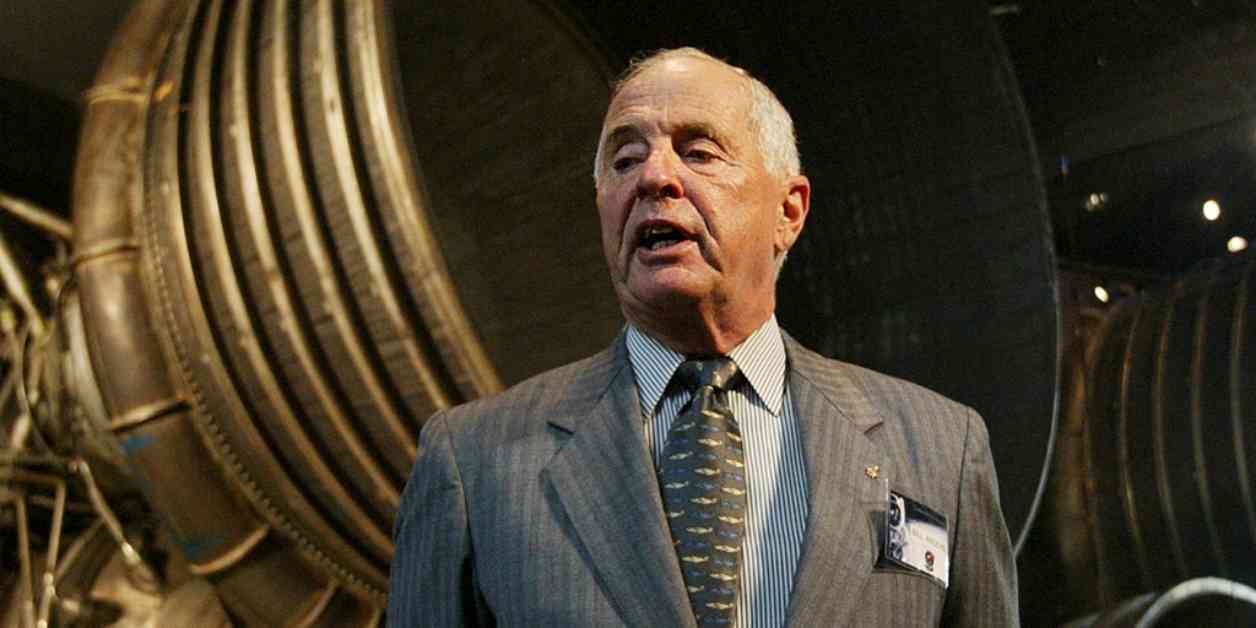Retired Maj. Gen. William Anders, the former Apollo 8 astronaut who captured the iconic “Earthrise” photo, tragically passed away last month in a fatal plane crash over the waters off Washington state. According to federal authorities, Anders was conducting a flyby near a friend’s house on Orcas Island when the accident occurred.
The National Transportation Safety Board (NTSB) revealed in its preliminary report that Anders had informed his friend of his plan to fly by her house on the western shore of Orcas Island. The friend heard the sound of his Beech A45 airplane around 11:37 a.m. but briefly lost sight of the aircraft as it flew behind trees. When the plane reappeared, it was heading south over the water. Unfortunately, the left wing began to drop, leading to a devastating plunge towards the water.
A witness on the same shoreline was able to capture footage of the vintage airplane as it descended in a near vertical dive before its right wingtip struck the water. Only two witnesses, including the friend and the person who filmed the incident, came forward to provide details to the NTSB. The body of the 90-year-old Anders was recovered later that day, and most of the wreckage was retrieved from the water for further investigation.
Anders’ Beech A45, N268AF, was based at Skagit Regional Airport in Burlington and was part of a museum facility established by him. His son, who was working at the museum on the day of the crash, described Anders as being in good spirits before embarking on his flight around the San Juan Island archipelago.
A significant figure in space exploration history, Anders was part of the Apollo 8 crew that traveled to the moon and delivered a memorable telecast on Christmas Eve in 1968. During the broadcast, the crew members read verses from Genesis and shared holiday wishes with viewers. The famous “Earthrise” photo, taken by Anders during the mission, remains a symbol of the beauty of Earth from space.
In addition to his accomplishments in space, Anders also has a crater on the moon named in his honor, known as “The Anders Crater.” His son, retired Air Force Lt. Col. Greg Anders, expressed deep sorrow over the loss of his father, describing him as a skilled pilot who will be greatly missed.
The legacy of William Anders as an astronaut and pilot has left an indelible mark on the history of space exploration. His contributions to the Apollo program and his iconic photograph of Earth serve as a reminder of the boundless possibilities of human achievement in the realm of space. As we mourn his passing, we also celebrate the enduring legacy of a man who reached for the stars and left a lasting impact on the world.



